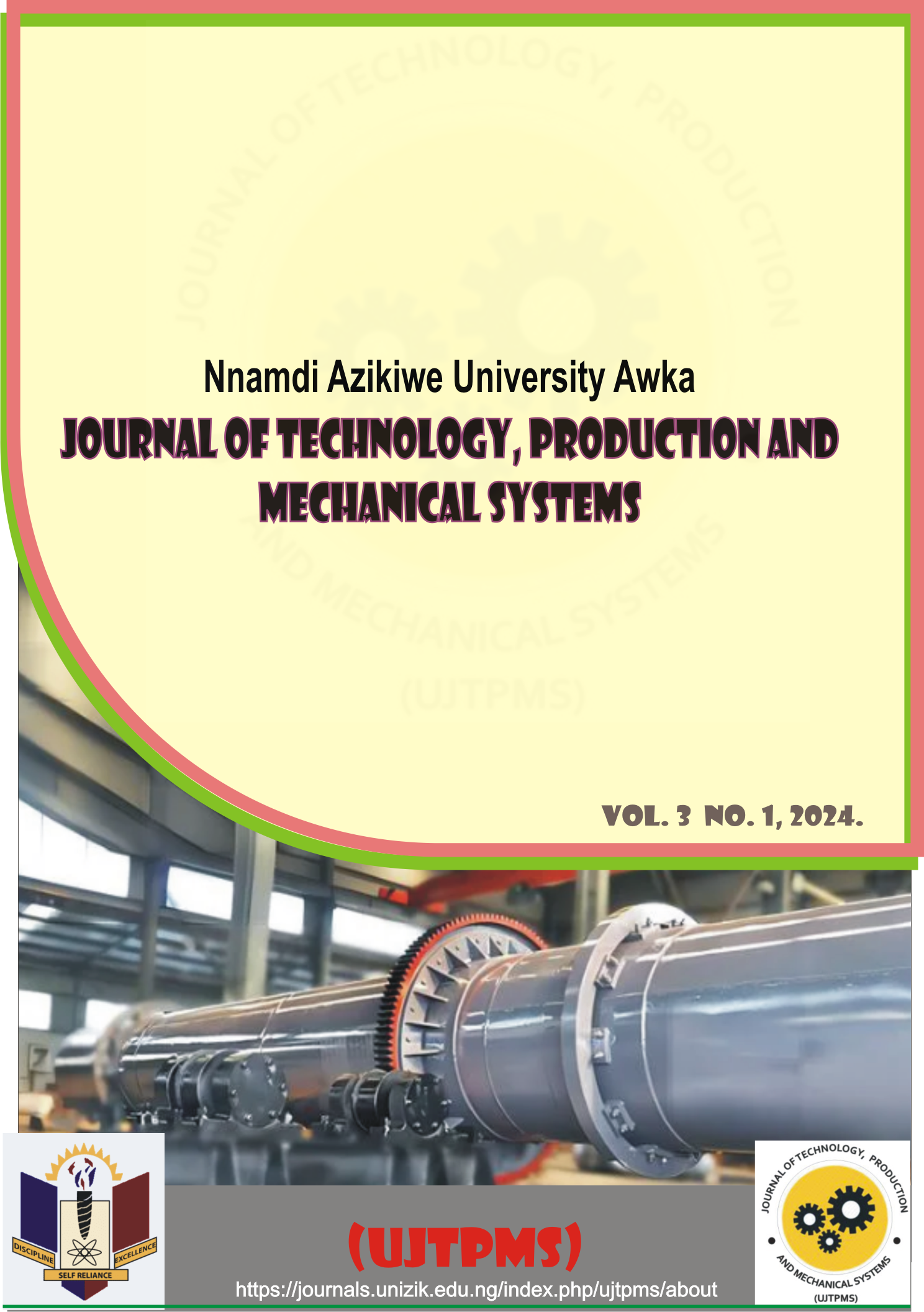Production of Ceiling Board from Agricultural Wastes Products (Breadfruit Seed Coats and Rice Husk) using Epoxy Resin as Binder
Keywords:
Composite, Sustainable reinforcements, Epoxy resin, Rice husk, Breadfruit seedAbstract
This study focused on the sustainable utilization of Breadfruit Seed (BFS) and Rice Husk (RHK) fibres as reinforcements for Epoxy Resin (EPR) matrices. The methodology encompassed the collection and preparation of RHK and BFS, culminating in the production of composite ceiling boards. Through a process involving washing, drying, and chemical treatment, impurities were extracted and binding properties with epoxy resin were enhanced. The fabrication of mild steel molds and spacers ensured precision in casting, while careful consideration was given to the resin-to-hardener ratio in EPR preparation. Emphasis was placed on achieving uniformity and structural integrity in the composite materials during production. Analysis of composite densities revealed a narrow range (5.81-7.04 g/cm³), highlighting their lightweight characteristics. Water absorption tests revealed varying capacities influenced by composition, with lower epoxy resin content compositions exhibiting higher absorption rates. Additionally, thickness swelling results showed the significant impact of composition variations on dimensional stability, highlighting the necessity for thorough material formulation. Moreover, employing the optimization tool yielded an optimal composition of 14.667 g of RHK, 38.665 g of BFS, and 12.653 g of EPR, resulting in a ceiling board with a density of 6.001 g/cm³, thickness swell of 9.81%, and water absorption of 4.016%. This study illuminates the potential of BFS and RHK as sustainable reinforcements for EPR matrices, providing valuable insights for the advancement of eco-friendly composite materials.
Downloads
Published
Issue
Section
License
Copyright (c) 2024 Unizik Journal of Technology, Production and Mechanical Systems

This work is licensed under a Creative Commons Attribution-NonCommercial 4.0 International License.






